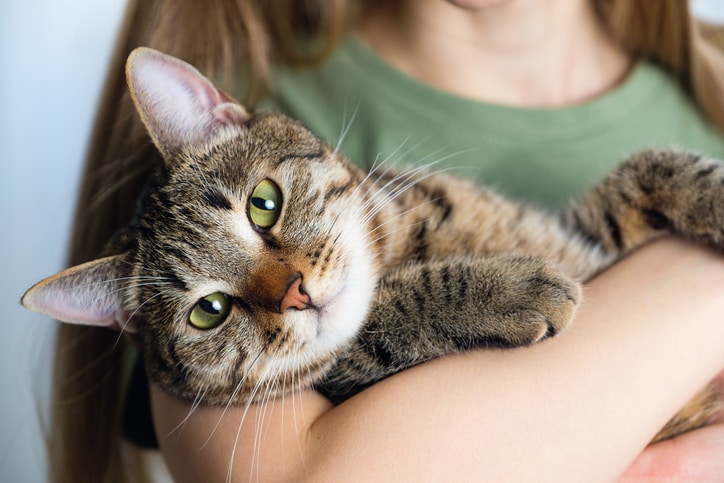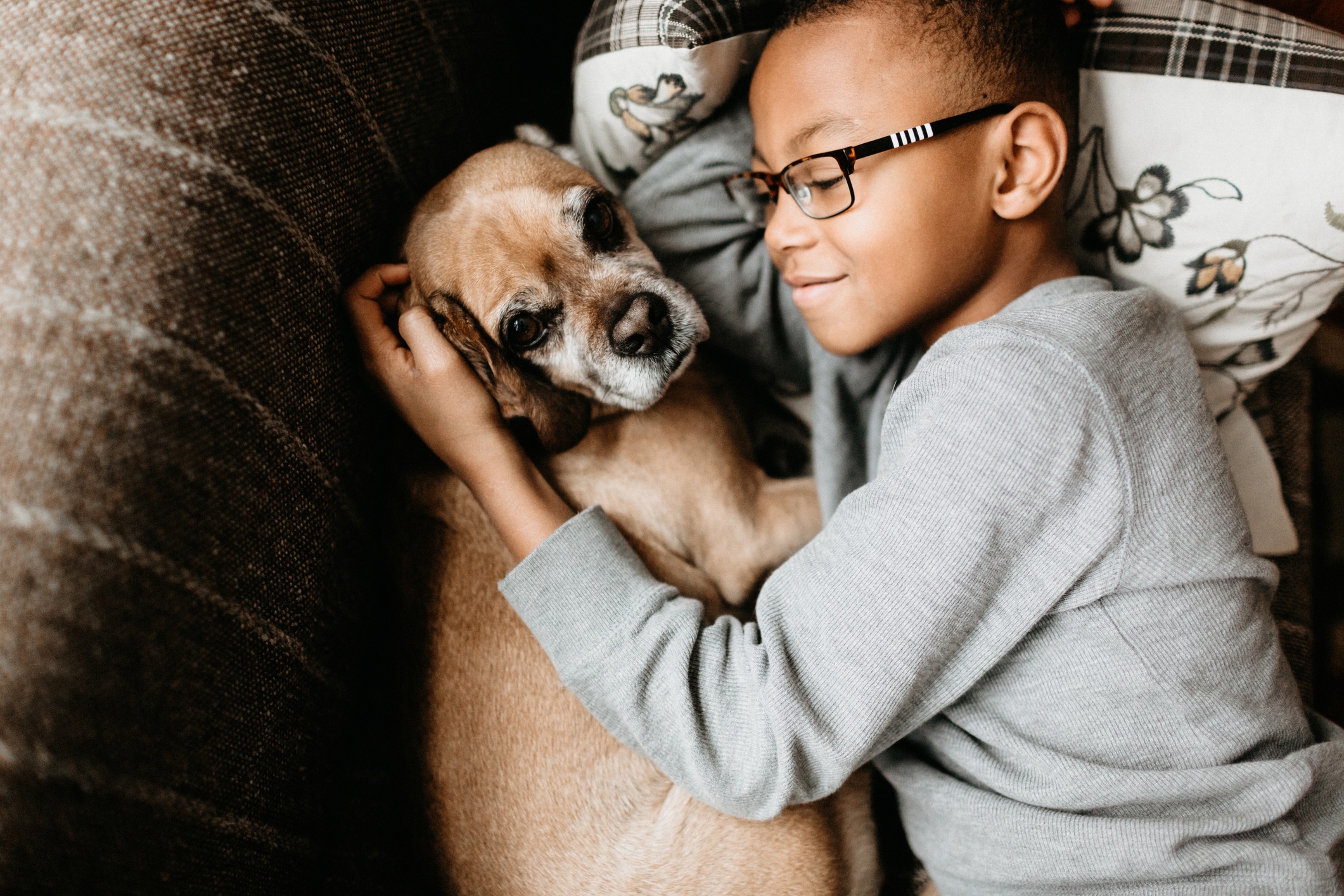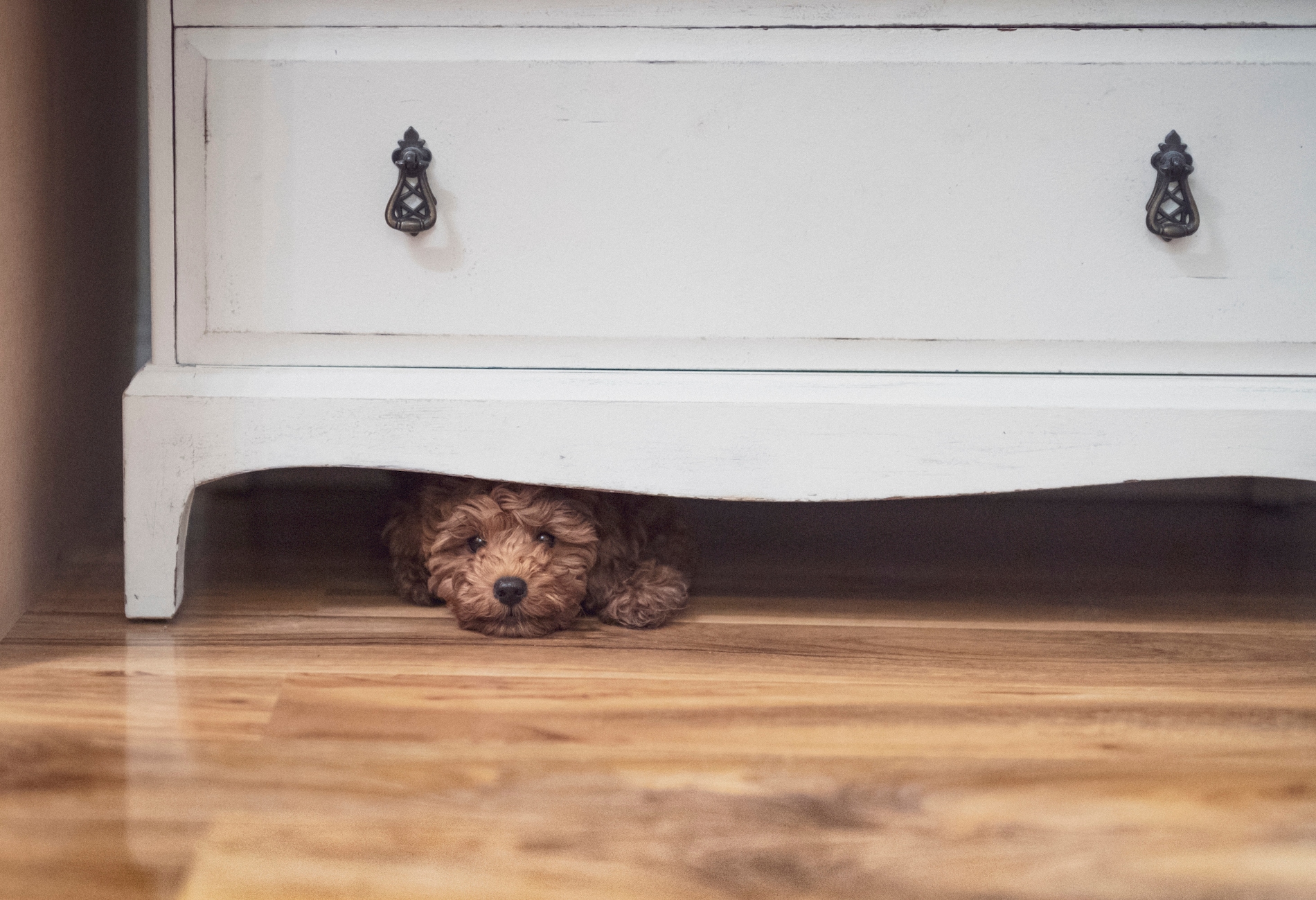In this article
Sure, cat memes are cute. But if you’re considering becoming a feline caregiver, you may be curious if there’s more to the story. The short answer? You better believe it.
Unlike their canine counterparts, cats have pretty perplexing personalities hiding behind that cuddly facade, explains Dawn LaFontaine, founder of Cat in the Box and author of Kitty Contemplations, a science-based blog on cat behavior and health.
“I think one of the things that surprises people about cats is how inscrutable they can be,” LaFontaine says. “Cats are basically wild animals. We domesticated dogs 30,000 years ago, but we didn’t even let cats in the house until 200 years ago.”
This means cats do a lot of things that even seasoned guardians often can’t predict, LaFontaine says, so knowing what to expect as a first time cat parent can be tricky. From vet costs to quirky behavior, consider this your insider’s guide to owning a cat.
Key takeaways
- Veterinary care is the number one expense of owning a cat, followed by the ongoing expenses of daily supplies like food and litter.
- Both health and lifestyle changes can occur over the course of a cat’s long lifespan which can result in unexpected costs and challenges for their guardians.
- While cats can be hard to read, this is more of an emotional challenge than a practical one for most pet owners who simply want their felines to be happy.
What supplies do you need in order to have a cat?
The list of things you need to purchase before bringing home a cat is very short — which is great for first time pet owners on a budget. These are the must-have cat essentials you need on day one, according to Stephen Quandt, a certified cat behaviorist with over two decades of experience working with cats and their caregivers:
- A litter box and litter.
- Food. (Preferably the same type they’re already eating if you’re adopting)
- Bowls for food and water.
“Literally everything else can wait,” Quandt says. But eventually you will want scratching surfaces, enrichment toys and cat furniture, like a cat tree or bed, for your feline to feel at home.
How much does it cost to own a cat?
The average yearly cost to care for a cat is between $830 and $3,095 if you’re bringing a kitten home, and $760 and $3,495 for an adult cat, according to MetLife Pet Insurance research. However, expenses tend to increase over time which is the most important thing to know, according to our experts. Here’s a closer look at the break down of cat costs.
Are cat supplies expensive?
Not typically. When it comes to supplies, cat parents can largely control how much they want to spend, LaFontaine explains. “A good set of bowls will cost around $15, a litter pan about $11 and a 40-lb box of litter will run around $20 and last a good while,” LaFontaine says.
I feel strongly that high-quality commercial cat food is one of those things that cat guardians should splurge on. I believe that spending money on good nutrition will pay off in the long run.”
— Dawn LaFontaine, cat behavior and health expert
LaFontaine prefers stainless steel bowls when buying new, but notes that any glass plates or bowls you no longer use will also work. “You can also use an old blanket as a cat bed and even make your own toys,” she says.
Feel like splurging? While litter boxes start around $10, prices can skyrocket based on style and capabilities. Fancier designs can get up to about $150, Quandt says, and as much as $600 for a litter “robot” which will do all the dirty work (pun intended). These mechanical litter boxes are equipped with motion-sensor technology that automates the cleaning process.
What are the biggest expenses of owning a cat?
Like the majority of family pets, the biggest expenses relating to cat guardianship are veterinary, according to the pros. You must spay or neuter a new cat, as well as provide basic vaccines which add to costs at the start, according to LaFontaine.
“And while young cats tend to be healthy and need very little in the way of ongoing healthcare, as cats age, just like humans, they tend to have more health problems,” she adds. With this in mind, these are the top cat care expenses, from the most costly to least:
- Medical care. Even if your cat doesn’t develop any health problems, routine veterinary care will get more expensive as your cat ages since blood work for a young cat is not as involved as for an older cat, according to Quandt.
- Daily supplies. Litter and food are ongoing expenses that are intrinsic to cat ownership, and they can rival vet care in some cases. “I feel strongly that high-quality commercial cat food is one of those things that cat guardians should splurge on,” LaFontaine says. “I believe that spending money on good nutrition will pay off in the long run.”
- Lifestyle essentials. Toys, grooming supplies, travel supplies, (a carrier) and cat sitting rates or pet boarding expenses round out the biggest costs of owning a cat.
Concerned about costs? LaFontaine recommends saving for future expenses while your cat is young, or to invest in pet insurance to help manage unexpected veterinary costs.
What are the most challenging aspects of owning a cat?
Every cat will have a different personality and list of lifestyle preferences, and therefore, come with different challenges. The good news? For most people, there may not be a lot in the way of challenges at all outside simply fulfilling your cat’s persnickety needs, according to Quandt.
Despite every situation being unique, however, there are still common challenging behaviors that can occur with owning a cat, as well as obstacles for humans. Here are the top ones:
1. Unexpected expenses can crop up over the years
Since cats have a long life expectancy, most people don’t realize just how many changes can occur over the course of their lives—for both felines and their caregivers. “One of the biggest expenses I didn’t see coming when I got my cat Oliver is pet care because I travel more now,” says Charleston-based cat owner Kelsey Murray who adopted her pet seven years ago.
Hotels usually have an additional pet fee from $50 to $150 and bringing a cat on a plane can cost over $100 as well, Murray says. And when it comes to cat sitting costs? “Oliver takes medication, so I pay someone to come 1 to 2 times a day,” she says. “This can be quite costly, especially when there are additional fees for weekends, holidays and to give your cat medicine.”
2. Finding quality cat care when you are not home
According to LaFontaine, it’s a misunderstanding of cat psychology to think that cats can be left home alone without a sitter for many hours — much less a weekend trip. Finding a cat sitter to take proper care for your pet is key, but it’s often an overlooked challenge.
“Cats are highly social creatures who rely upon us to meet their need to socialize,” LaFontaine says. “It’s hard to find trustworthy pet care, though, especially since your cat can’t provide a report on the level of care she received while you were gone.”
3. Having a cat in the house can make a mess
Cats shed, they track litter around and they can damage or even destroy household belongings. (Coming from the cat mom who has replaced more shattered lamps than she’d like to admit.) That said, there are ways to stop cats from scratching furniture and understanding a cat’s kooky behaviors will also help you mitigate issues.
And when it comes to cat shedding? “I’m a neatnik myself, but I wouldn’t trade the pet hair in my keyboard for anything,” LaFontaine says, who is currently a foster cat mom. “I usually have a litter of orphaned kittens wrecking havoc in my office!”
4. Cats can be disruptive
Listen up, dog owners: A cat will not be contained, not to a single room or even the floor, which can be shocking. Cats will jump up on counters, nightstands and even the impossible-to-reach tops of kitchen appliances or shelves. Jumps can also accompany a crazy bout of the zoomies, so things can get a little chaotic if you live in close quarters.
And even if you live in a bigger home? My cat Linus did not approve of any room being “off limits” which resulted in him clawing at closed doors and meowing for hours. This challenge took training tips and advice from my vet to solve, plus plenty of patience.
5. Even small changes can cause big stress for cats
Most cats don’t experience change very often, especially if they live indoors. This means that when they do, it can trigger more stress than pet owners may imagine. Big events like moving homes, adding a new family member to the mix or bringing home another pet are likely to cause cats to get anxious. But even small changes to room layouts or their routine can cause stress.
“Honestly, I don’t really find owning a cat challenging. It’s one of the best parts of my life. The hardest thing for me is just worrying whether my cat is truly happy and healthy… I want him to have the best life possible.”
— Kelsey Murray, cat owner
6. You will need to “catify” your home to keep them happy
Just like humans, cats need places to call their own. Whether it’s a cozy bed or a perch with a view of the backyard, felines thrive when they can find spots in your home that make them feel safe and relaxed. This means new cat parents will need to redecorate—sometimes a lot.
Getting one cat? It may not be too much of a challenge to add a cat tree in the living room or a bed to the floor. But if you want multiple cats? To prevent cat bullying, you’ll need to add even more cat accommodations to your home because felines can get territorial over their safe spots. Think additional cat furniture, shelving to climb, beds, as well one litter box per cat.
7. Like dogs, cats will eat things they shouldn’t
It’s common knowledge that dogs are pretty quick to eat anything, whether it’s a fallen piece of food from the table or a plant they dug up in the backyard. But new cat owners may be surprised to find that felines are shockingly similar.
Speaking from experience, cats will eat everything from grass and houseplants to the food still on your plate. (They can get on the counter, remember!) With this in mind, keeping track of what is safe and not safe for cats to ingest can be challenging and take some added research.
8. Their moods are notoriously hard to read.
While dogs make it easy for owners to interpret how they are feeling, cats are the opposite due to their nature and relatively short history as domesticated pets, LaFontaine explains. But as challenging as it is to decipher cat bites or why cats knead, these quirks are more of an emotional challenge than a practical one for most cat owners.
“Honestly, I don’t really find owning a cat challenging,” Murray says. “It’s one of the best parts of my life. The hardest thing for me is just worrying whether my cat is truly happy and healthy. Since cats can’t tell you how they’re feeling, I sometimes second-guess if he’s bored, stressed or not feeling well. I just want him to have the best life possible.”
How do you know if a cat is the right pet for you?
The only person who should not become a cat guardian is someone who is rarely home and not willing to enlist the help of a pet sitter to support a feline’s social needs, according to LaFontaine. Otherwise, she believes cats make wonderful companions for everyone.
Here are a few other boxes to check to ensure a cat is right for you:
- You are comfortable with the financial investment of owning a cat.
- If you have young children, they understand or are being taught to respect animals.
- If you have a dog in the house, that dog is well trained.
And when it comes to picking the right cat? “Try not to focus on color or gender or there is a good chance you will miss out on the perfect cat,” Quandt says. “Focus instead on personality, temperament, energy level, known behavior challenges and health.”





